One of the benefits of a blog is that it can be timely and even though a few posts ago I had listed upcoming things that I’d planned to write about, my recent trip to Japan got in the way. (I began the draft of this post in our hotel in Kyoto, two days before our return, though I verified a few facts in books I have at home before I published this.)
Just for fun while in Kyoto, I decided to do a Google search for “Leo Stein Japanese prints,” as I knew that Leo had an interest in this type of art. These prints had come to the attention of Westerners as they were used to wrap Japanese porcelain which became very popular following the opening of the country in the 1860’s. This art form also influenced the subject matter and composition of the Post-impressionists’ paintings.
To my surprise (why am I still surprised at what turns up on the Internet – must be the fact I haven’t graduated to texting and tweeting and am still an old-school e mail writer!) an item appeared that is in the Stein collection at Yale – a note Leo wrote to Gertrude from Kyoto in December, 1895, giving her his address written in Japanese!
I asked our guide to translate the address: he rented from a family named Sugimoto in a part of Kyoto called Uenomachi. (When I checked one of the Stein biographies I have at home, Brenda Wineapple’s Sister Brother: Gertrude and Leo Stein (G. P. Putnam’s Sons, 1996), I found that she devotes a number of pages to Leo’s trip, so I’ll fill in some of the details of the adventure from her book. She, for example, mentions that in addition to renting the seven room house, they acquired furniture and hired an interpreter, cook, and rickshaw driver. More on the geisha, later.)
Whether Gertrude had someone translate Leo’s Kyoto address for her or wrote him a letter using the Japanese script, I don’t know. Anyway I’d think that it would have taken weeks for a letter to arrive in Japan from the U.S. in the late 19th century, so any news of home that she may have wanted to convey probably didn’t arrive until Leo had boarded his ship for his next port-of-call.
Japan was the first stop on Leo’s trip which had begun on a steamer from San Francisco. He was twenty-three, two years older than Gertrude, and with his younger cousin Fred they were among the twenty first-class passengers on the ship, the remainder being mostly missionaries. Below deck was filled primarily by Japanese and Chinese. In Hawaii, Leo met another American, Hutchins Hapgood, who would later become a well-known New York City journalist and was the founder of the Provincetown Players. Hapgood joined them on their trip to Japan and Leo and Fred went on to Singapore, China, Ceylon and Egypt with European stops in Italy, Germany, Austria and the Netherlands. An exhausted Leo met Gertrude in Antwerp at the end of the trip.
What prompted Leo to undertake such a Grande Tour isn’t clear. He had become somewhat frustrated with his studies at Harvard and didn’t have what we’d today call a clear “career path,” but I’m sure traveling that far by ship even in 1895 must have been quite rigorous and tiring.
Leo suffered from digestive problems most of his life and I can’t even imagine what he would have eaten in Japan, China or Egypt unless a bowl of plain rice was satisfactory for him three times a day. Leo did write to Gertrude that they had accustomed themselves to sitting on the floor and also sleeping on mats in Japan, but “we draw the line at ‘chow’ “, though they ate lots of mandarin oranges and drank the local beer.
And now to the geisha…
The cook that they had hired brought some women to their house to entertain them, a common practice when men from the West came to visit Japan. To satisfy the girls’ families, they apparently went through some kind of “marriage” ceremony. Then the entertainment was allowed to begin.
Fred and Hapgood would dance with them and Hapgood attempted, to the girls’ puzzlement, to teach them a Harvard cheer. He recalled in his autobiography almost forty-five years later: “…we lived a life which seems to me like a dream, as far as remoteness from reality is concerned.”
As they were about to leave Japan, Leo recalled the Japanese stay in a letter to Fred’s parents in January of 1896:
“…it was a time of such restfulness, such comfort, such entire absence of anything disturbing in an environment so novel and picturesque, and it is withal so unified, so entirely separate from what went before and what came after, that it forms a complete epoch in my experience.”
Much has changed in Kyoto in the last 115 years, yet it still appears to be a city that values its traditions whether it relates to the careful preservation of the more than 1600 temples or the pride and care given to the restoration of the machiya, the riverfront homes. And regardless of what Leo said, the food is amazing. We not only had one of the best meals we’ve ever had at a restaurant specializing in beef dishes, many of them raw, but also had one of our best Italian meals ever – and we’ve been to Italy a lot.
I don’t know how many Japanese prints Leo bought on his trip or whether he ever returned to Japan. We didn’t buy any prints just some kitchen chopsticks and handmade grater for cooking, two beautifully painted tea bowls, a few ties and scarves made out of incredible Japanese fabric and the Japanese, paperback edition of Gertrude Stein’s children’s book The World is Round with wonderful illustrations.
This was our first trip to Japan, but I’m sure we’ll be returning.
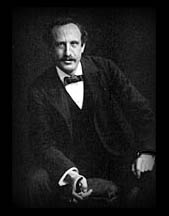
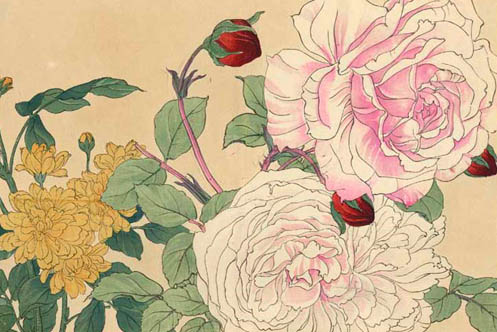
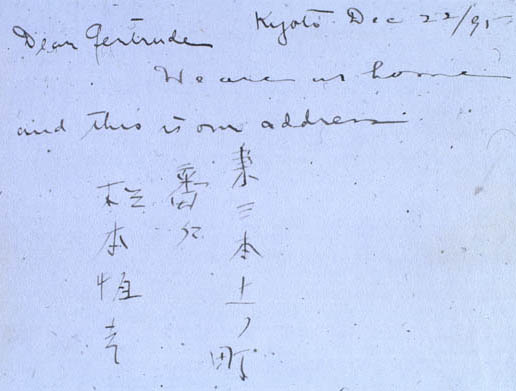
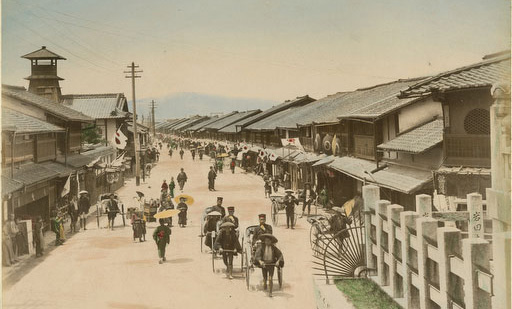
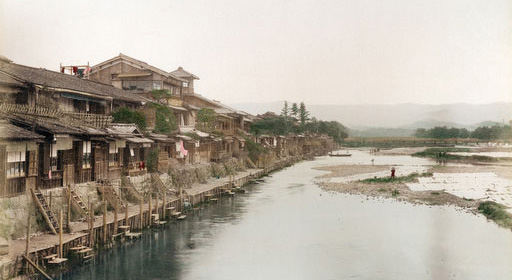

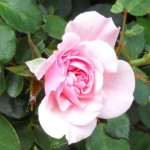
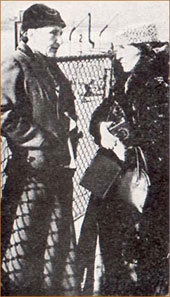
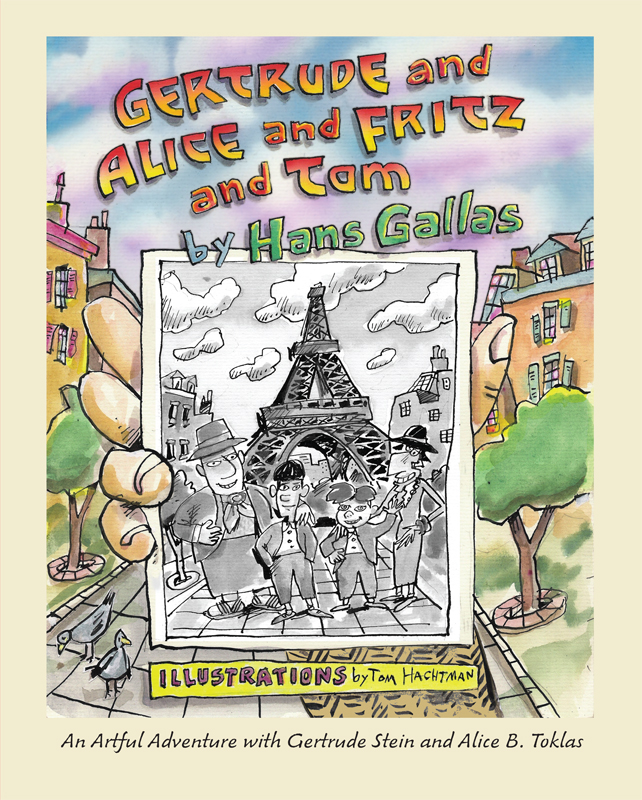
Leave a Reply
You must be logged in to post a comment.